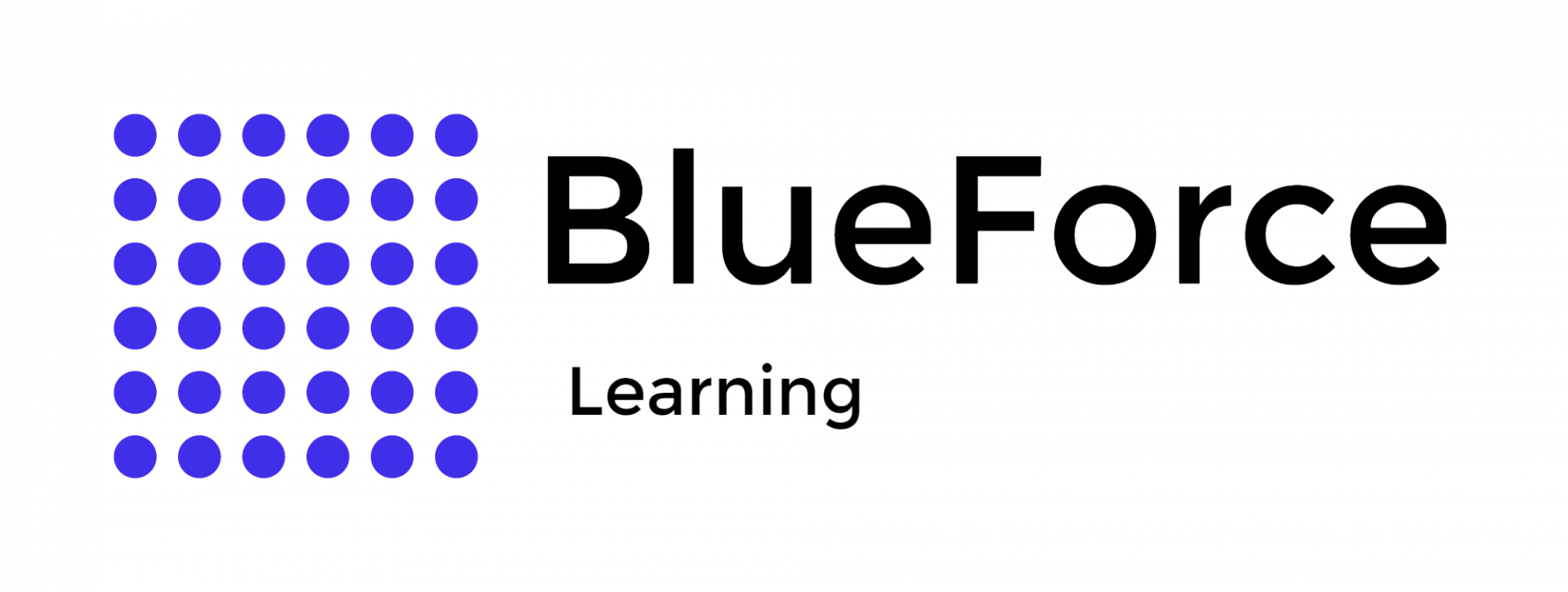To maintain peace in the city, law enforcement uses multiple sources. In this way, they can track civilians’ phone data under urgent circumstances. What helps the police do this? Google archives. Law enforcement officers use
Google Location data for investigations and find clues, but with judicial permission.
Google collects a wealth of data through its various services, from search history to email interactions, but one of the most significant pieces of data it gathers is location information. This data is collected through a range of services, including Google Maps, Google Search, and even Android phones when location services are enabled.
When location tracking is enabled, Google continuously records the phone's geographical coordinates, which are then linked to the user's Google account. This data is stored on Google’s servers and is accessible to users through tools like Google Maps Timeline, which shows a detailed history of where a device has been.
However, the question arises: can law enforcement use this data to track individuals? The answer, in short, is yes, but under specific conditions.
Law enforcement cannot just track anyone’s phone location using Google. Some of the exceptional cases are discussed as follows.
In the United States, law enforcement typically must obtain a court order or warrant to track a phone using Google location data. This requirement is rooted in the
Fourth Amendment of the U.S. Constitution, which protects civilians from unreasonable searches and seizures. The police must provide probable cause to a judge before they can obtain a warrant for phone tracking. Warrants can be issued for multiple reasons, including:
- Serious criminal investigations
- National security threats
- Terrorism or organized crime cases
Once a warrant is granted, law enforcement can request location data from mobile providers or, in some cases, conduct real-time tracking of a phone’s location.
In certain emergencies, law enforcement may be able to access a phone's location data without a warrant. These circumstances typically arise when there is an immediate danger to life or safety. Under the law, the police can access location data in the following scenarios:
- A person is missing or in danger
- There is an immediate risk to life
In these situations, the police can quickly track a phone using location data to help locate the person and prevent harm, even without obtaining a warrant.
If someone’s phone is stolen, the police cannot automatically track it, but they can assist in locating it using its IMEI (International Mobile Equipment Identity) number. The IMEI number is a special identifier assigned to every phone, and it can be used to block or trace the device through the mobile network.
While the police can use the IMEI to block the phone, the owner can also use services like Find My iPhone or Google’s Find My Device to locate it themselves.
In certain high-priority investigations, law enforcement may be authorized to track a phone secretly. This type of surveillance is typically used in cases involving counter-terrorism, organized crime, or other significant criminal activity. Covert surveillance may include
- Counter-terrorism operations
- Serious financial crimes
- Major drug investigations
To conduct covert surveillance, law enforcement typically requires judicial approval and must adhere to specific legal guidelines to ensure the surveillance is justified. Law enforcement uses tools like
Sensorvault to track Google location data and derive valuable information after thorough processing.
On January 6, 2021, Debra Maimone and her fiancé, Philip Vogel, were among the crowd as supporters of President Donald Trump stormed the U.S. Capitol. They briefly removed their masks and posted footage on social media, which, along with surveillance cameras, helped authorities identify them. The FBI used tools like license plate readers, facial recognition, and phone data to track their movements, leading to their arrest.
The
Capitol riot prompted one of the largest investigations in U.S. history, with over 300 arrests. The investigation highlighted the growing use of digital surveillance in law enforcement, showing how authorities use technology to track suspects. Digital evidence, including social media posts, license plate readers, facial recognition, and Google location data, played a crucial role in identifying the rioters.
Federal agencies used search warrants to gather data from social media platforms, telecommunications companies, and location tracking services like Google. Phone data provided specific location details, identifying people inside the Capitol during the attack. Social media platforms, including TikTok, Facebook, and Twitter, also helped link suspects to the riot.
The FBI used facial recognition and social media to identify suspects and worked with “sedition hunters,” civilians who tracked rioters based on online content. Despite efforts by some suspects to hide their identities, the combination of these technologies made it easier for police officers to locate and arrest those involved in the Capitol breach.
The use of Google location data for investigations is becoming an integral part of policing. This method helps the officers narrow down the suspect list and solve cases in an optimal time period. If law enforcement and the judicial department adhere to privacy and ethical regulations when using Google data, it can ultimately revolutionize investigations.
A proper training in using Google data can enable law enforcement departments to conduct successful investigations. To help you gain expertise on this tool, BlueForce Learning offers an in-depth course for law enforcement personnel. Our accredited courses will give you an insight into real-life examples and give you a clear understanding of using Google location data during crucial investigations.
Level up your expertise by getting started learning with
BlueForce Learning now!
Yes, if location services are on, Google can track the phone’s location through apps like Google Maps.
It’s harder, but not impossible. The police can still track your phone through GPS, Wi-Fi, or cell towers, depending on what’s available.


